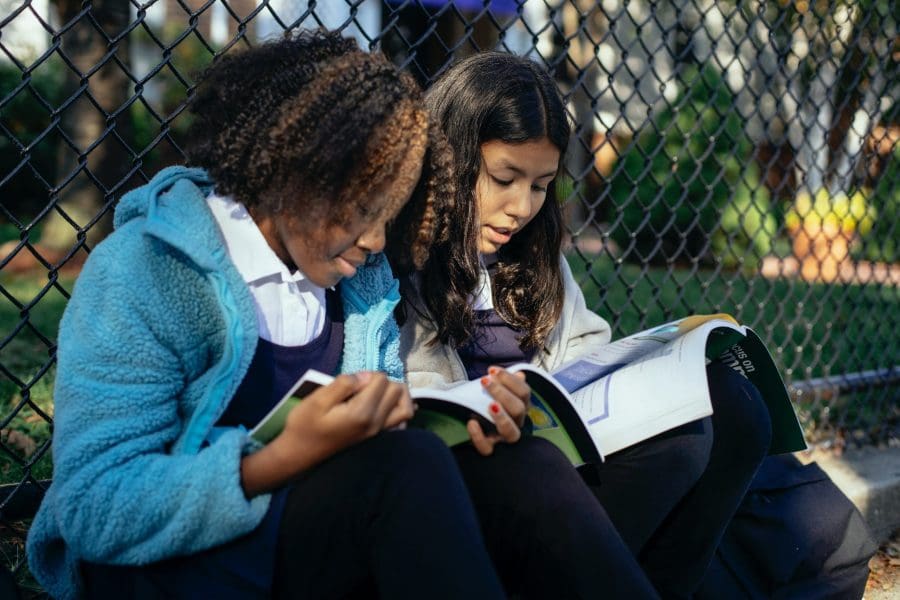
A better understanding of the brain’s memory systems can help students develop stronger study habits and engage them in deep learning.
In a typical classroom, some students absorb information quickly while others learn at a slower pace. Contrary to popular belief, speed is not necessarily an advantage. The first step in “learning how to learn” is to let go of the false notion that a person is less intelligent if they cannot figure things out right away.
Race Car brains vs Hiker brains
Dr. Barbara Oakley, opens a new window, Professor of Engineering at Oakland University, has extensively researched learning patterns. She illustrates how memory affects learning by classifying thinking models into Race Car brains and Hiker brains. Students who learn concepts faster have Race Car brains, and students who learn at a measured pace have Hiker brains.
Have you ever arrived at the grocery store and realized you forgot your shopping list? If it was over about 2-3 items, you probably needed to make a repeat trip. Working memory is a temporary space for holding onto thoughts. Think of “an octopus sitting in your prefrontal cortex, juggling a set of balls. The working memory can hold about four balls at once before they start dropping.”
Students have similar challenges with following first-time multi-step instructions. Turning repetitious procedures into routines frees up the mind to focus on new content.
When students have a better understanding of how working memory operates, they can study more effectively. For example, when cramming the night before an exam, details are stowed in short-term memory. But to truly understand and retain material, it needs to be stored in long-term memory.
What are ways to access long-term storage? The answer lies in understanding the two types of memory systems: Declarative and Procedural. Both are required; using only one would be like trying to run with just one leg.
Declarative and Procedural memory systems
Declarative memory holds information that we can retrieve when necessary to solve a problem or finish a project. Procedural memory, on the other hand, is effortless. An easy example for students to relate to is typing a text on their smartphone. A task is learned “by heart” after practicing it again and again. Using procedural memory is a slower way to obtain knowledge.
Teens and adults typically learn new concepts using declarative memory. Young children, however, learn primarily through the procedural system, which is why the Montessori methodology has been so effective in the early years. Both processes work in tandem.
Strategies for pulling it all together
A balanced approach of “active learning,” combining both declarative and procedural systems, is the best way to support student learning. Active learning is when students take the lead in acquiring information and applying it in a way that makes the most sense to them. This hands-on approach creates procedural links in long-term memory more successfully than listening to a teacher (or parent) lecture on and on.
When helping your children with homework or mastering a new skill, consider these tips:
- Provide frequent brain breaks.
- Pause for a minute to jot down a note, a picture, or an association with something else learned.
- Teach children to regularly close their book or turn over notes and see what they can recall. If your child is willing, ask them to teach what they’ve learned to you, a pet, or for younger kids, to a favorite stuffy. (This is also an effective technique to develop reading comprehension skills.)
- Offer new practice challenges rather than repeating the same activities over and over again. If you’re helping your child with Multiplication Tables, avoid using the same flashcards or worksheets each time. Change it up with simple games or puzzles. When it is necessary for students to decide what information or procedure to apply to a problem, it utilizes active recall and cognitive flexibility. And practice strengthens procedural memory.
Celebrate difficulties
Starting something new is often a challenge and accompanied by the feeling of wanting to give up. The reason for the struggle is that the brain is creating new pathways. A growth mindset turns this into a positive: students can progress faster if they challenge themselves, called “desirable difficulties, opens a new window” by cognitive psychologist Robert Bjork. “Don't just read a book or read a section of a book, see if you can retrieve those key ideas from what you just read. That's harder.”
A key point to remember is that speed does not equal intelligence, especially for students who find learning effortful. You can be a thriving learner without being able to pick up new information and skills readily. Some Nobel Prize winners grappled with learning when they were young. “It was that struggle that actually helped them to see the problems that all the race car learners just jumped right over.” ~Barbara Oakley, PhD
Sources
Kris, Deborah Farmer. (2021, June 17). How to tap memory systems to deepen learning, opens a new window. Mind/Shift. KQED
Kris, Deborah Farmer. (2017, November 20). 5 Strategies to Demystify the Learning Process for Struggling Students, opens a new window. Mind/Shift. KQED
Photo credit: Mary Taylor from Pexels


Add a comment to: Study Skills: Race Car vs Hiker Brain